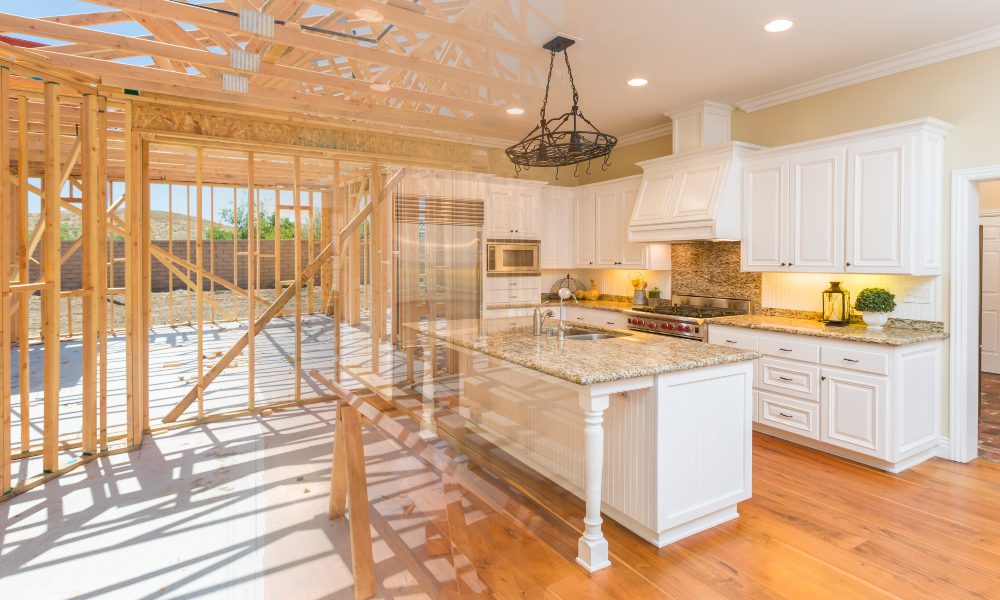Selecting flooring is one of the most important decisions a homeowner has to make when renovating a house, as it underpins everything else. As there are lots of different options, from carpet to terrazzo, one material is known as standard material and that is hardwood.
it is not necessary that all hardwood flooring is made equally, and selecting a product is not a simple matter of choosing a preferred color or pattern. There are lots of other factors which can have an impact on both aesthetics and functional performance.
How to Choose Hardwood Flooring
Select Solid or Engineered Flooring
In the flooring option, hardwood flooring came in thick planks of solid timber wood. These days, solid hardwood is still easily available, but many flooring companies also offer engineered flooring. To prevent the floor from shifting during temperature changes, these engineered flooring planks are made with a top layer of hardwood, combined with other layers designed.
Engineered flooring allows an installation advantage for your basements and small apartments that have concrete subfloors. Solid wood is installed over one or two layers of plywood, which can increase the height of a floor and interfere with existing doors or marginally reduce ceiling height.
- Choose Prefinished or Site Finish
Hardwood planks can be selected with a raw face that gets finished after installation, or prefinished, which arrives with the stain and topcoat already applied. The advantage of prefinished wood is that you know what it looks like. On-site finishing on the other side allows for a level of customization that appeals to many homeowners and designers.
- Consider Wood Types
Oak is known as the king of hardwood flooring. It is said to be a durable wood that takes stains very well. It also has an appealing natural grain and is popularly available everywhere at very reasonable prices. w White oak in the design circle is especially popular, because it doesn’t have the pinkish tones of red oak.
- Pick Your Grain Pattern
Plain-sawn, rift-sawn, and quarter-sawn are the three different ways to cut the logs. They yield three different grain patterns. One of the grain patterns that is plain-sawn produces traditional wood grain, with undulating patterns known as cathedrals. When you hear the term wood grains, it is exactly what you think of.
When you need to sell this flooring, you have an option that is as plain-sawn, or as rift- and quarter-sawn mixed together. It also gives you some of that figuring but doesn’t overdo it. However, if needed, it is possible to source exclusively rift-sawn wood or quarter-sawn wood.
- Determine Plank Width
There was a time when it seemed that almost all hardwood flooring was installed in two- to three-inch strips; many people now use wider planks. The luxury and expense associated with a wider plank. A floor that is composed of wide planks will have fewer seams than a floor of thin strips, it’s important to be aware that those seams may eventually become more prominent as the wood expands and contracts.





